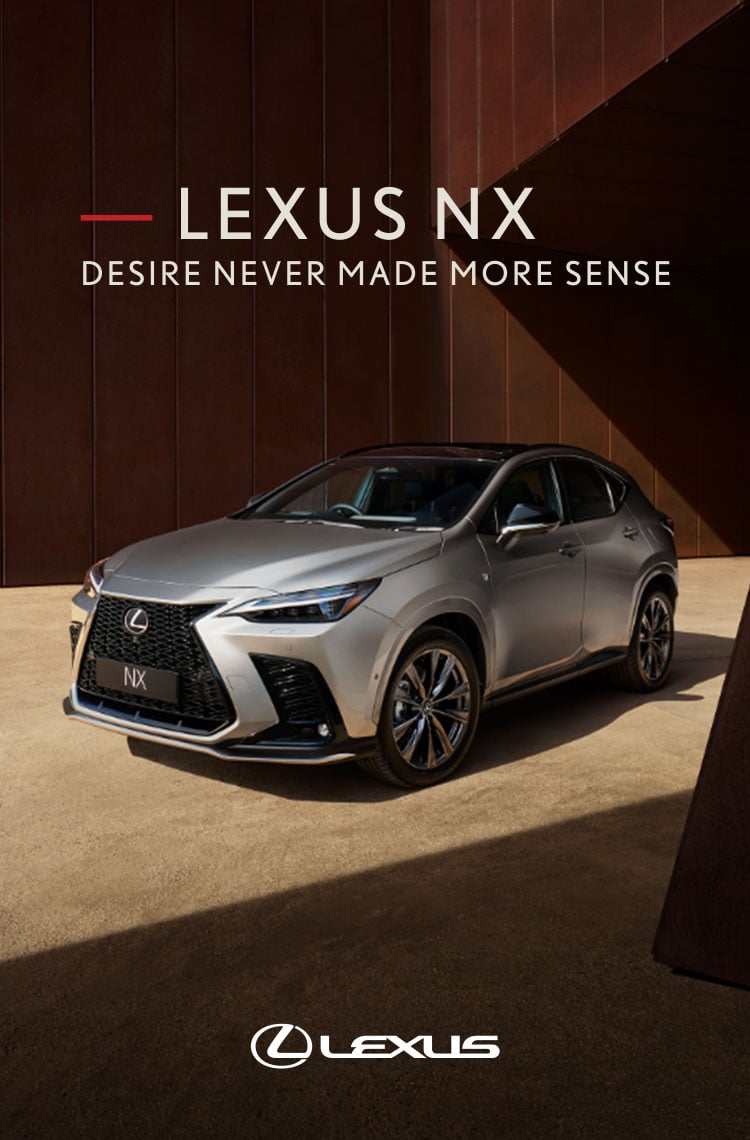Sometimes what is obvious needs to be proved. We’ve been player-testing golf balls for more than a decade as part of our annual Hot List evaluations, including this year’s session at in Orlando, Florida. Although our testing is blind (all the balls’ logos are blacked out), every year there is one remarkable consistency to the results: price matters.
Our testers are asked to rate balls on a 1-5 scale across a series of criteria, and without fail, the scores are higher the more a ball costs. Why might that be? Well, the simple truth is, the more a ball costs, the more technology it has. The most expensive balls have been engineered to achieve maximum performance on tee shots and wedge shots around the green. Conversely, less-expensive balls with more simple constructions always come with compromises. But given the results of our player-testing and our many conversations with the folks who work in golf-ball R&D, we see no need for golfers to compromise performance. That’s why the balls in our most expensive category (Over $40) receive our highest recommendation. We also believe balls in the middle-price category ($25 to $40), regardless of whether they’re designated Gold or Silver, perform better than the balls in the least expensive category (Under $25).
Of course, we understand that your purchase decision might be driven by price. That’s why we endorse seven balls in the Under $25 category. Nevertheless, one thing is for certain: The only way to ensure maximum performance is to spend a little more.
CRITERIA
Our judges evaluated Hot List candidates in four areas.
- Performance ( 45%)
What happens to the ball when it’s struck by the club. - Innovation ( 30%)
How a ball’s technology, advances the category. - Look/Sound/Feel ( 20%)
What the golfer experiences before, during and after impact. - Demand ( 5%)
The relative interest in a product and its reputation.
All judging is based on a 100-point scale.
97-100 ★★★★★
88-96 ★★★★
70-87 ★★★
51-69 ★★
≤50 ★
Premium
These are the best balls with the most complex constructions and the widest range of game-enhancing capabilities, especially to control your ball into and around the greens. Many entries this year have lower compressions.
Bridgestone
B330 Series
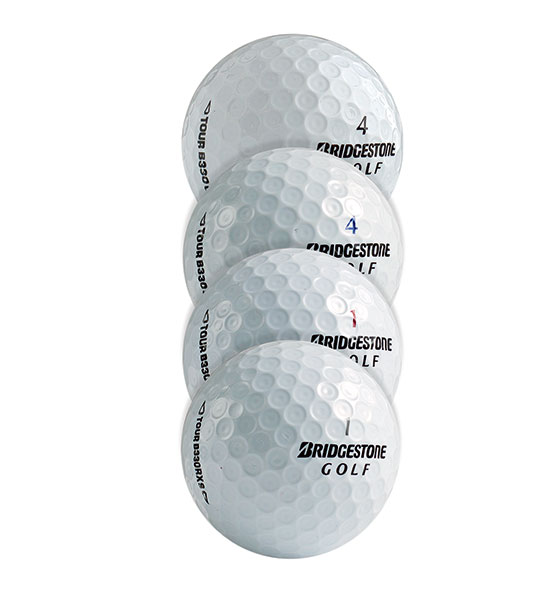
There are two options for fast swingers (B330/S) and two soft-compression models for average swings (RX/RXS). The S and RXS offer the most spin, but all four use a coating that adds friction, so short shots spin more and tee shots spin less.
Performance ★★★★★
Innovation ★★★★★
Feel ★★★★ ½
Demand ★★ ½
Callaway
Chrome Soft

With its low compression and grabby urethane cover, last year’s three-piece design changed how soft tour balls could go. Now, it’s four pieces with a firmer outer core and a softer inner core for better energy transfer and more spin on irons.
Performance ★★★★★
Innovation ★★★★ ½
Feel ★★★★★
Demand ★★★
Nike
RZN Tour

Nike focussed on the little things, like the light polymer RZN core for better flight, the grooved internal layers for extra energy and 13,558 microscopic dimples for less drag. Note: The Platinum is for control, the Black is for low-spin distance.
Performance ★★★★★
Innovation ★★★★★
Feel ★★★★
Demand ★★ ½
Srixon
Z-Star/XV
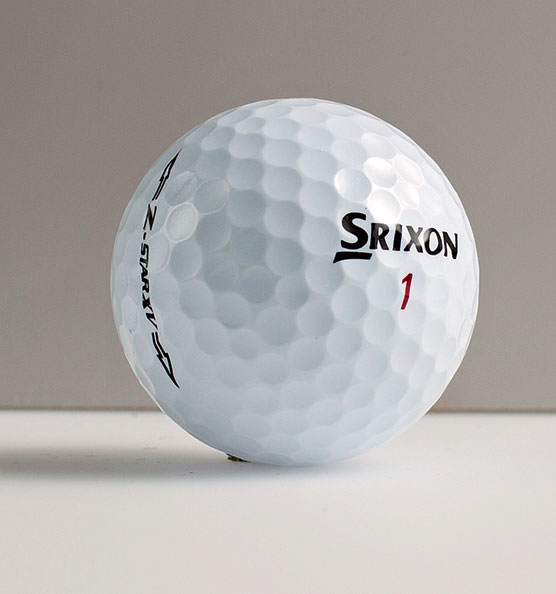
These two balls are similar on the outside but differ on the inside. Similar: A cover coating increases friction and softness for maximum spin on short shots. Different: The XV’s dual core helps high swing speeds max out distance on driver hits.
Performance ★★★★★
Innovation ★★★★ ½
Feel ★★★★ ½
Demand ★★
TaylorMade
Tour Preferred/X

The layers make the differences here.There’s a low-compression core and flexible inner mantle on the four-piece TP for softness. The thicker cover on the firmer TPX creates more spin on greenside shots. But a thinner, flexible mantle controls driver spin.
Performance ★★★★★
Innovation ★★★★ ½
Feel ★★★★★
Demand ★★ ½
Titleist
PRO V1/X
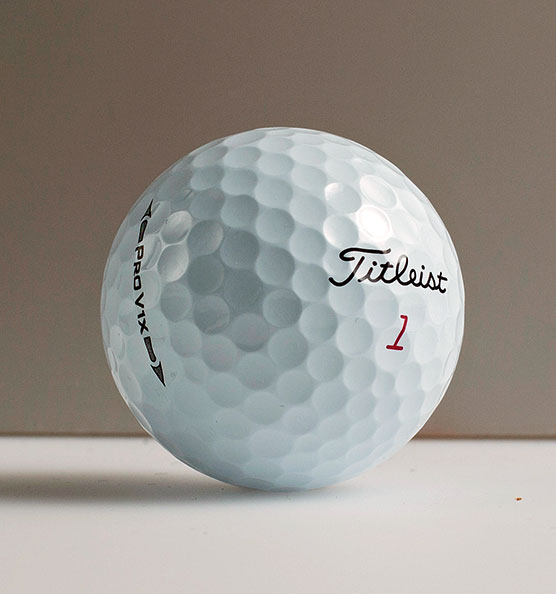
The most recent changes to golf’s most popular ball focus on softening the urethane-cover recipe and improving feel on shots around the green. Of the two models, the Pro V1is the softest, andthe Pro V1x tendsto fly higher off the longer clubs.
Performance ★★★★★
Innovation ★★★★ ½
Feel ★★★★ ½
Demand ★★★★★
Volvik
Vibe
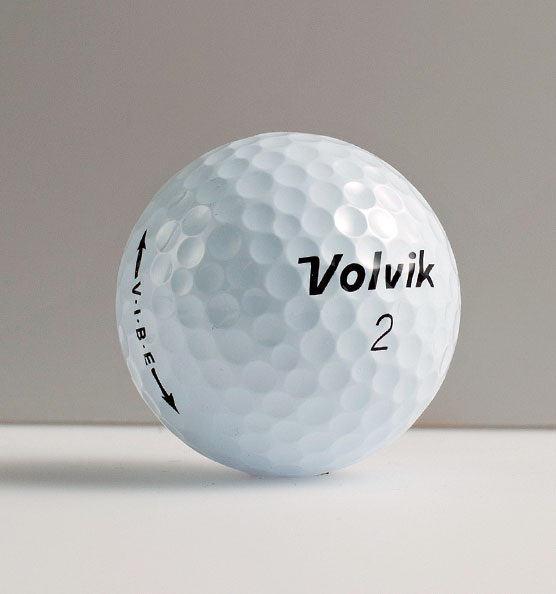
This entry features a low compression to make it the company’s softest ball ever. That’s a softer feel for every player, but low-to-medium swing speeds will benefit from its lower spin on tee shots.
Performance ★★★★ ½
Innovation ★★★★
Feel ★★★★ ½
Demand ★ ½
Wilson
Duo Urethane

If soft is your No.1 golf-ball preference, Wilson believes it has the answer with a super-low core compression of 25 and an overall compression that’s 30 or more points lower than many balls in this category.
Performance ★★★★★
Innovation ★★★★
Feel ★★★★★
Demand ★½
Mid-Range
This category features everything from multilayer constructions to two-piece balls. These balls have cover technologies that seek to add a degree or two of greenside spin compared to less-expensive balls. Still, across the board, expect to get less driver spin and higher launch on your irons.
Bridgestone
E6
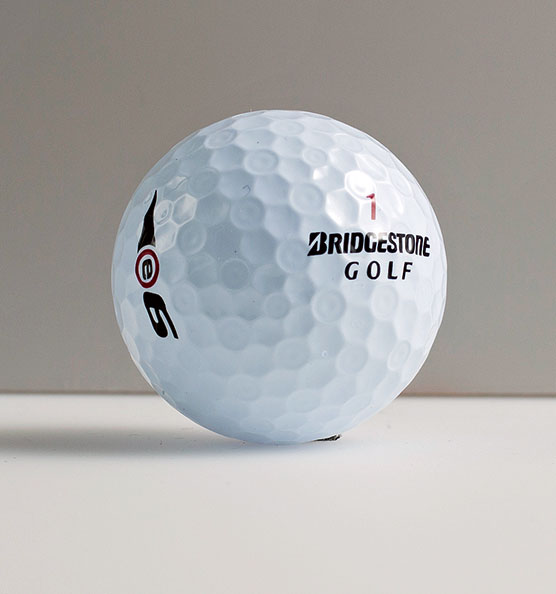
The key element here is the layer between the cover and core to control hooks and slices. Also, greater surface coverage from the dimples helps flatten your trajectory.
Performance ★★★★ ½
Innovation ★★★★ ½
Feel ★★★★ ½
Demand ★★★★ ½
TaylorMade
Project (A)

This multilayer entry promises the greenside spin of a urethane cover but adds a soft feel through a compression that’s a third lower than last year.
Performance ★★★★★
Innovation ★★★★★
Feel ★★★★★
Demand ★★★½
Titleist
NXT Tour
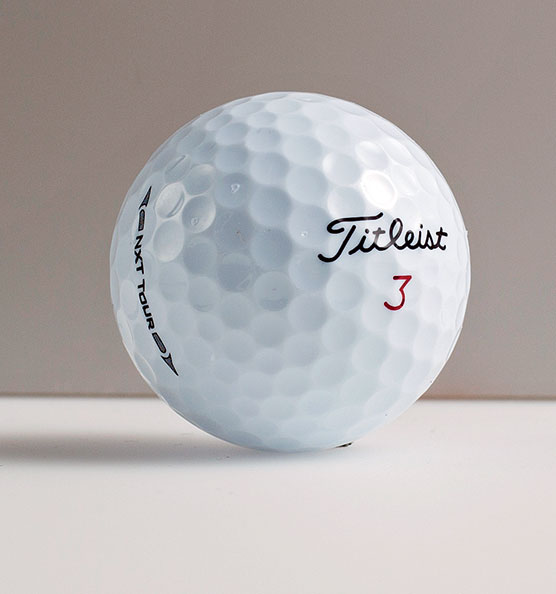
Soft isn’t just about feel. The larger, softer inner core here also means less spin on full shots for
longer distance on full swings. The cover compound adds short-game control.
Performance ★★★★ ½
Innovation ★★★★ ½
Feel ★★★★ ½
Demand ★★★★ ½
Bridgestone
E5
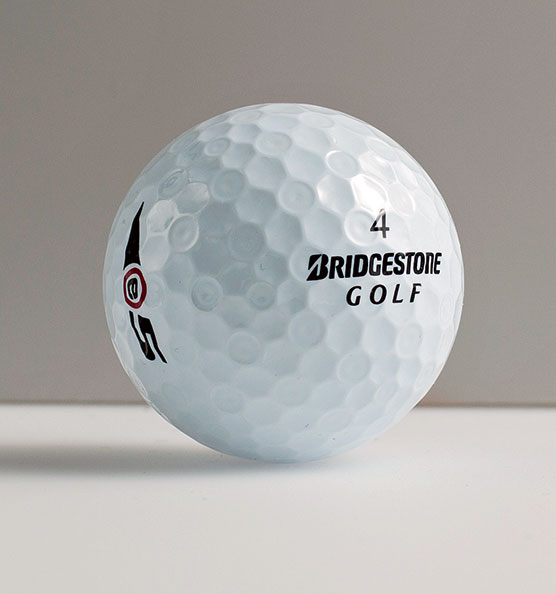
The interconnected dimple pattern improves flight consistency, but this ball is mostly about high launch and more greenside spin with its urethane cover.
Performance ★★★★
Innovation ★★★★
Feel ★★★★ ½
Demand ★★★
Callaway
Superhot 55

The soft-compression core (for straighter shots) complements the soft intermediate layer and soft cover for better greenside control than typical low-compression two-piece balls.
Performance ★★★★
Innovation ★★★★ ½
Feel ★★★★
Demand ★★ ½
Nike
RZN Speed Red
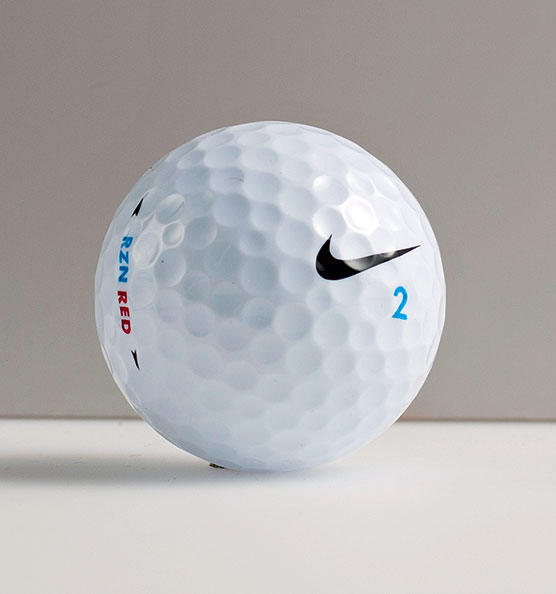
Like other Nike balls, there’s a RZN polymer core with internal grooves for more energy. Compared to the White, the Red is designed for longer carry and less driver spin.
Performance ★★★★
Innovation ★★★★ ½
Feel ★★★★
Demand ★★ ½
Nike
RZN Speed White
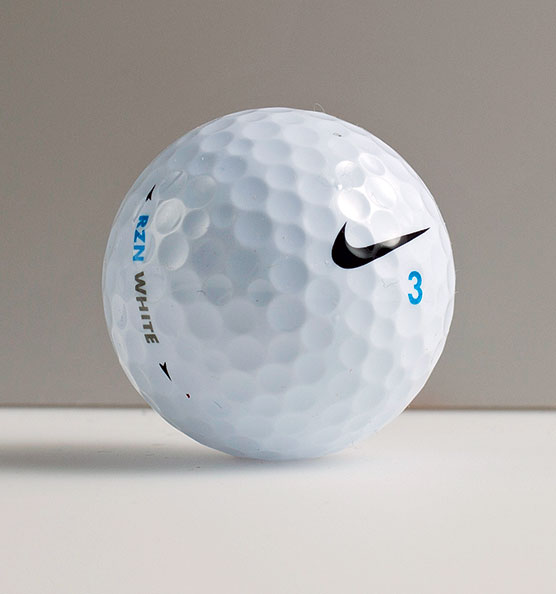
Nike’s soft, higher-flying option at this price boasts a lower compression and a softer cover. Extra speed comes from the polymer RZN core and its internal grooves.
Performance ★★★★
Innovation ★★★★ ½
Feel ★★★★ ½
Demand ★★ ½
Snell
My Tour Ball
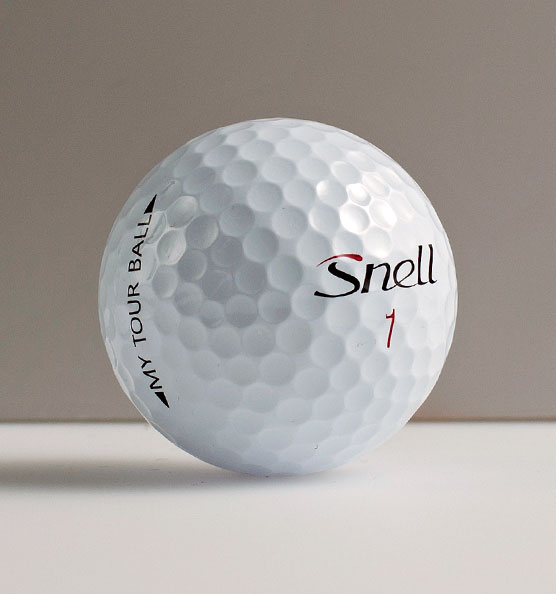
This three-piece design uses a soft core and middle layer to control spin on drives, and the
urethane cover enhances spin on greenside shots.
Performance ★★★★
Innovation ★★★★★
Feel ★★★★
Demand ★
TaylorMade
Aeroburner Pro
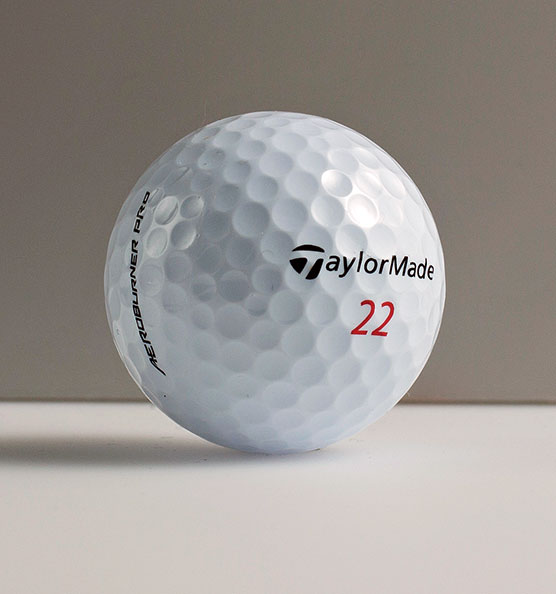
Designed as an upgrade over typical ionomer covers, this soft-cover formula still enhances short-shot spin, and the inner mantle and soft core reduce spin on tee shots.
Performance ★★★★
Innovation ★★★★ ½
Feel ★★★★
Demand ★★ ½
Titleist
NXT Tour S

Softened inside and out from before, the result is better feel through the bag. Compared to the NXT Tour, you’ll see a more penetrating trajectory.
Performance ★★★★
Innovation ★★★★
Feel ★★★★
Demand ★★★★ ½
Titleist
Velocity
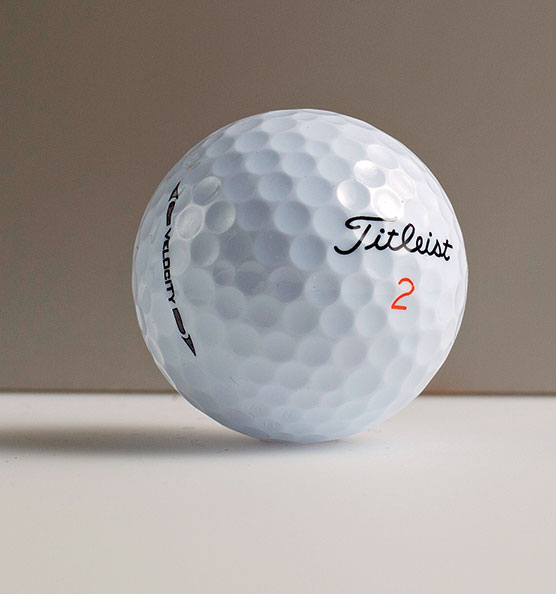
Still designed with a focus on distance and higher iron shots, this updated two-piece model now features a larger core and a thinner cover to create more ball speed.
Performance ★★★★
Innovation ★★★★
Feel ★★★★
Demand ★★★★★
Vice
PRO PLUS
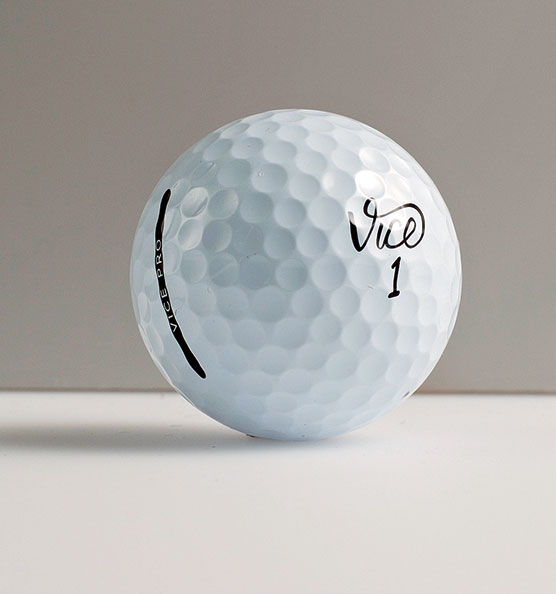
The urethane cover boosts short-shot spin, and the two inner mantles promote distance. The first reduces driver spin, and the second flattens trajectory.
Performance ★★★★
Innovation ★★★★ ½
Feel ★★★★
Demand ★ ½
Wilson
Duo Spin
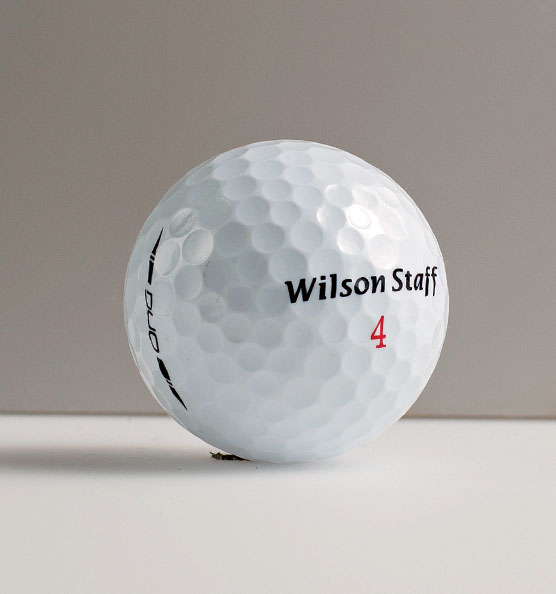
Wilson measures this low-compression core at a negative number (-55). That and a flexible mantle help produce a soft feel and less spin off the long clubs.
Performance ★★★★ ½
Innovation ★★★★ ½
Feel ★★★★
Demand ★★ ½
Budget
The best low-price balls push the limits of how low compression can go. Less compression helps tee shots launch with less spin. But remember “soft” doesn’t always mean greenside spin.
Callaway
Supersoft
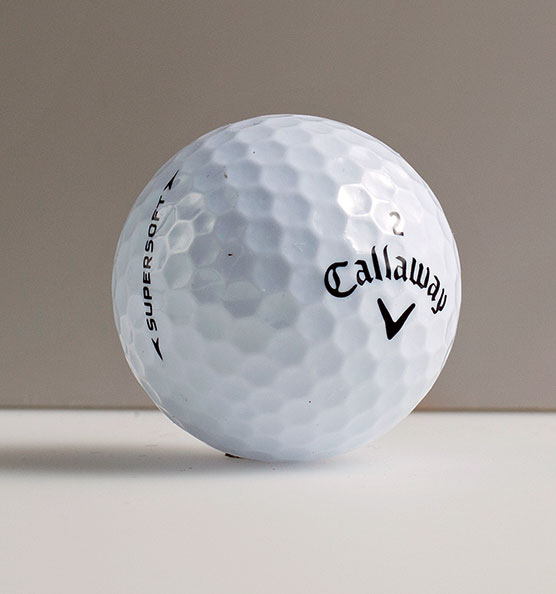
Callaway measures this core compression at zero and the overall compression in the 30s. This provides better feel, and it lets the ball compress easily for less spin off the tee.
Performance ★★★★★
Innovation ★★★★ ½
Feel ★★★★★
Demand ★★★★★
Pinnacle
Soft
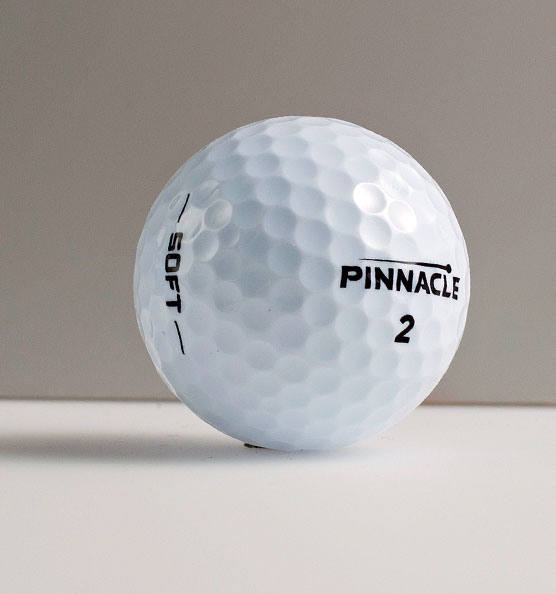
Pinnacle and soft need not be incompatible. This new entry has the company’s lowest-compression core ever. That means better feel and less spin on tee shots for enhanced distance.
Performance ★★★★
Innovation ★★★★
Feel ★★★★ ½
Demand ★★★★ ½
Snell
Get Sum

The large core means more ball speed, and the soft compression yields better feel and less spin on tee shots. Along with the thin cover, shots launch higher, too.
Performance ★★★★★
Innovation ★★★★
Feel ★★★★ ½
Demand ★
Srixon
Q-Star
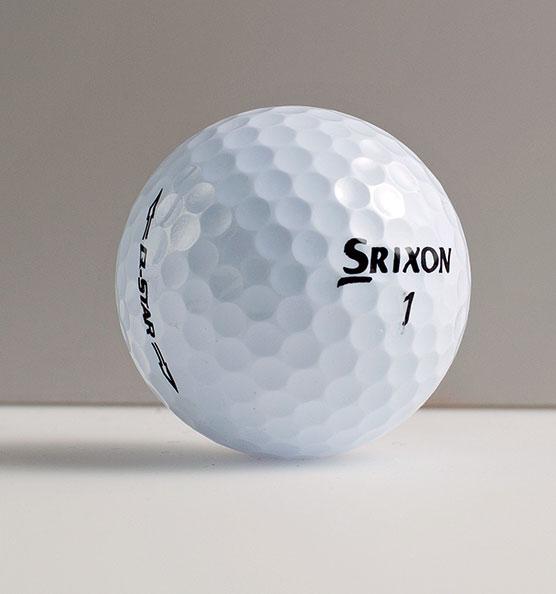
Generally, two-piece balls lack greenside spin, but this ball’s cover coating adds friction to increase grab. It has been upgraded so the ball stays on the clubface longer for more control.
Performance ★★★★★
Innovation ★★★★ ½
Feel ★★★★★
Demand ★★★ ½
Titleist
DT Trusoft

The core compression is very low (the softest core and cover combo of any Titleist ball ever), but it’s the balance of the soft core and cover that provides ideal feel, height and spin for approach shots.
Performance ★★★★ ½
Innovation ★★★★ ½
Feel ★★★★
Demand ★★★★ ½
Top Flite
Gamer Tour
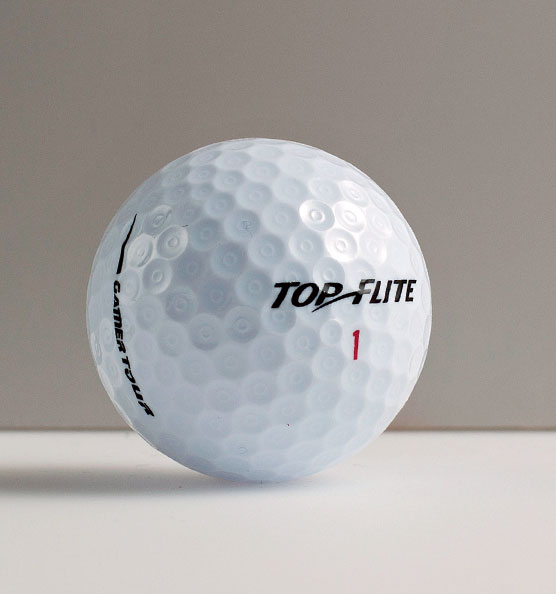
A rarity at this price point, this multilayer ball’s soft urethane cover increases spin on chips and pitches compared to other covers in this category.
Performance ★★★★
Innovation ★★★★★
Feel ★★★★★
Demand ★★★
Wilson
Duo

The ultra-low ball compression (less than 30, Wilson says) provides soft feel, but it also produces high launch and less spin on tee shots for extra distance.
Performance ★★★★★
Innovation ★★★★ ½
Feel ★★★★★
Demand ★★★ ½




